Can You Use Paint in a Wagner Stain Sprayer
When you’re looking to use a paint sprayer on furniture, one of the most asked questions is, “Can you use paint in a Wagner stain sprayer?” The answer is yes – but with caution. A stain sprayer isn’t designed to handle thick paints, so you will need to thin your chosen paint before using it.
Not only that, you need to make sure your paint is the right type for a stain sprayer and won’t be compromised by thinning it out. It’s gonna make a big difference!
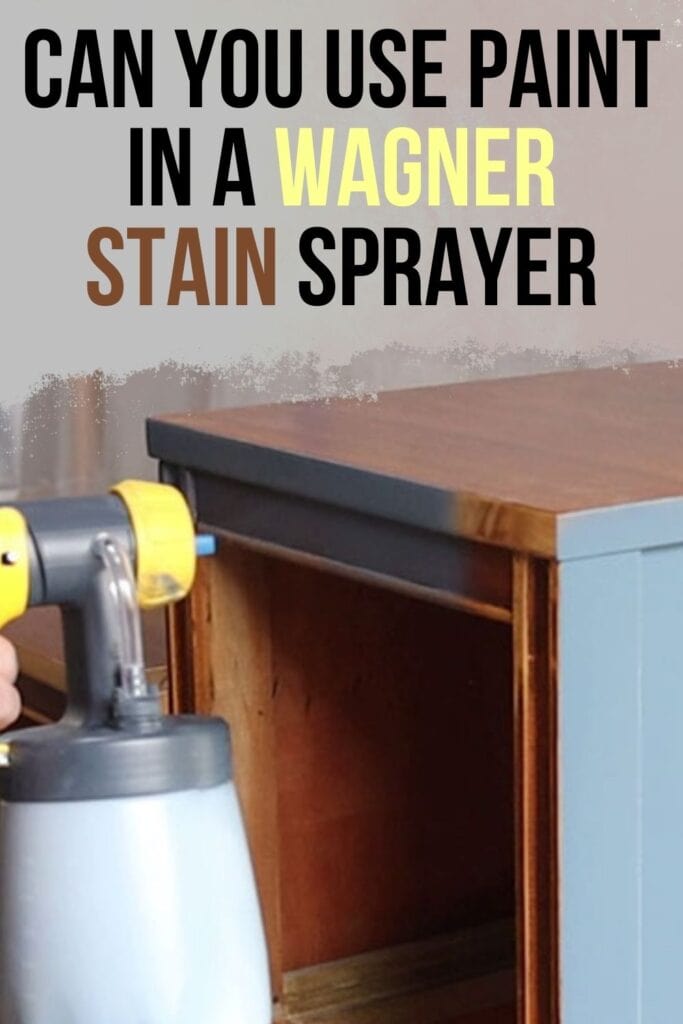
You should definitely get familiar with the paint to use in a stain sprayer. Yes, here’s the deal: before you get started, figure out what kind of paint you’re working with. There are certain types of paint for furniture that are better suited for a Wagner stain sprayer.
Different paints also require different thinning agents. For example, water-based paints should be thinned with water and oil-based paints can be thinned with mineral spirits.
Let’s get into more details on using paint in your Wagner stain sprayer!
As an Amazon Associate, I earn from qualifying purchases. I also may earn from other qualifying purchases with other companies or get free product to review and use. All opinions are my own.
What type of paint works best in a Wagner Stain Sprayer?
When using a Wagner stain sprayer, you want to use paint that won’t be harmed by thinning.
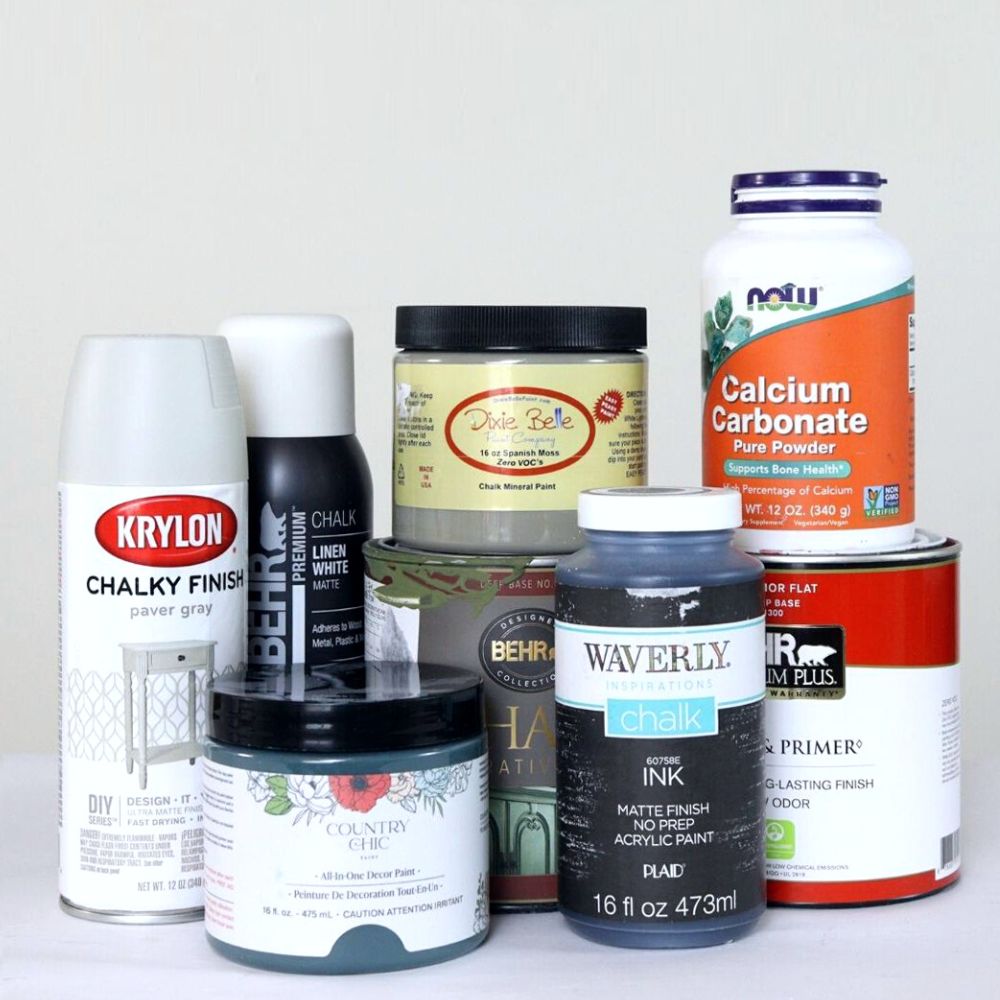
Chalk paints, mineral paints, and acrylics are often the best suited for this type of job. The reason is that these types of paint can be thinned without compromising their durability and curing properties too much.
Here’s our list of the best paint for spraying furniture to help you decide which type will work best for your needs.
One specific type of paint that works excellent in a Wagner stain sprayer without thinning it is General Finishes Enduro Poly. This paint is already very thin and perfect for this kind of project!
Thinning Paint for the Stain Sprayer
Once you know what type of paint to use, you’ll want to thin it out before applying it. Not only will this help make sure your paint is applied properly, but it will also make sure your stain sprayer doesn’t get clogged up with thick paint.

Water-based paints should be thinned with water and for oil-based paints, use mineral spirits as the thinning agent. To figure out how much you should thin your paint, look at the instructions on the can.
Most paints will specify what kind of thinning agent to use and the ratio of paint-to-thinning agent you can use.
There may not be any instructions on the can about how much you can thin the paint out though. With mineral paint, chalk paint, acrylic paint, and latex paint, you can thin the paint out a lot more than alkyd or enamel paints.
It can be tempting to just “eyeball it” when thinning your paint, but this could result in a paint that won’t fully cure or the wrong consistency for spraying. Eyeballing how much to thin the paint can also result in the sprayer not spraying the paint correctly.
Check out this post on how to thin paint for a Wagner sprayer to learn about the process, step-by-step.
Creating a Smooth Finish with Wagner Stain Sprayer
Now that you know what paint to use and how to thin it for your Wagner stain sprayer, it’s time to apply your knowledge! Painting furniture with a stain sprayer can be tricky and there are some techniques involved to get a smooth finish.
Of course, it’s key to thin out the paint correctly. If it’s too thick, you won’t get that smooth, even finish you’re aiming for. Don’t forget to use a paint filter when pouring the paint into the sprayer to get rid of any debris. This will help prevent any clogs in the sprayer.
Now, when spraying, start by doing a few light misting coats of paint and slowly build up to thicker coats. Don’t start off with thick coats as this could result in an uneven finish and dripping paint.
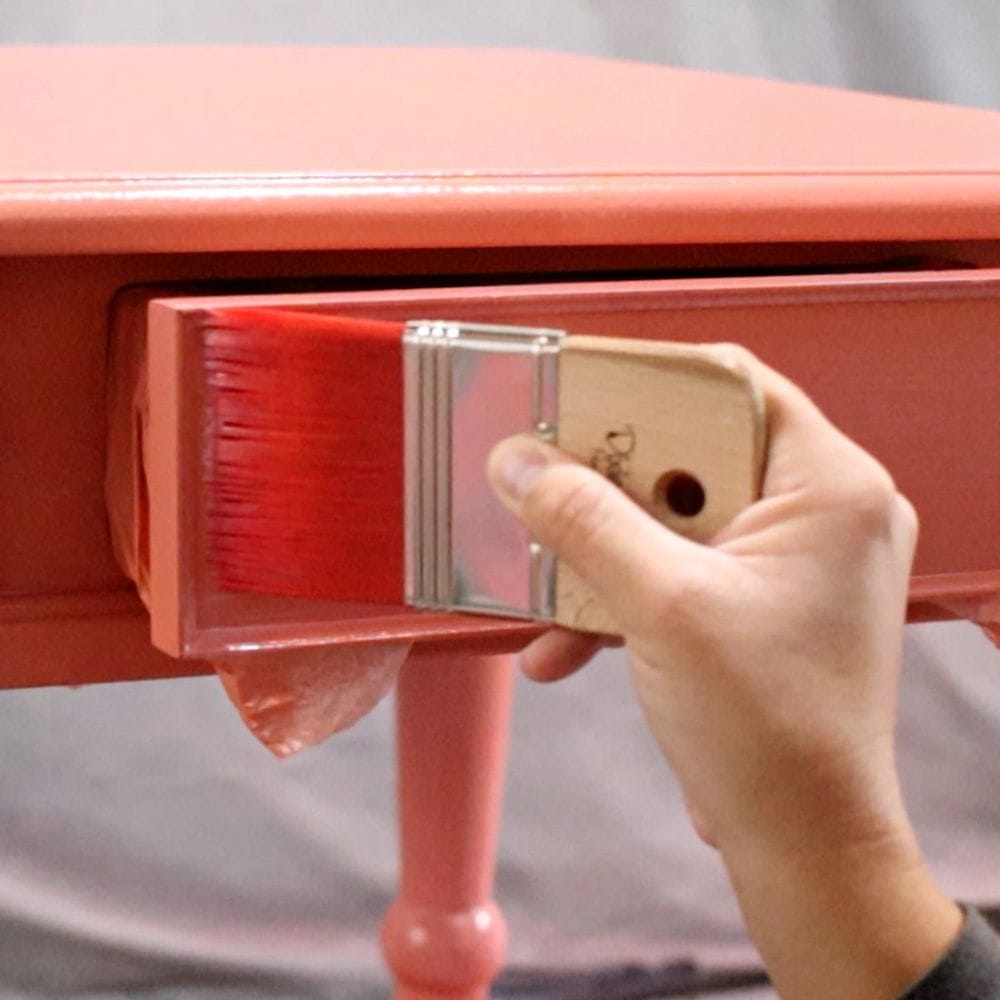
If you do find yourself getting any drips, here’s a post on how to fix spray paint drips!
For a more in-depth look into the Wagner double duty paint sprayer, check out our post on how to use a Wagner Double duty paint sprayer.
Cleaning the Wagner Stain Sprayer
Once you’re done painting, it’s time to clean up the sprayer! Cleaning the Wagner stain sprayer properly and regularly is key to keeping it in tip top shape. This will also help make sure that you don’t have any clogs when trying to use the sprayer the next time around.
Here are some steps on how to clean your Wagner stain sprayer:
First, give the paint sprayer container and suction tube a good rinse with cleaning solution. If you’ve got water-based paint in the sprayer, warm water and soap will do the trick. For oil-based paint, use mineral spirits instead.
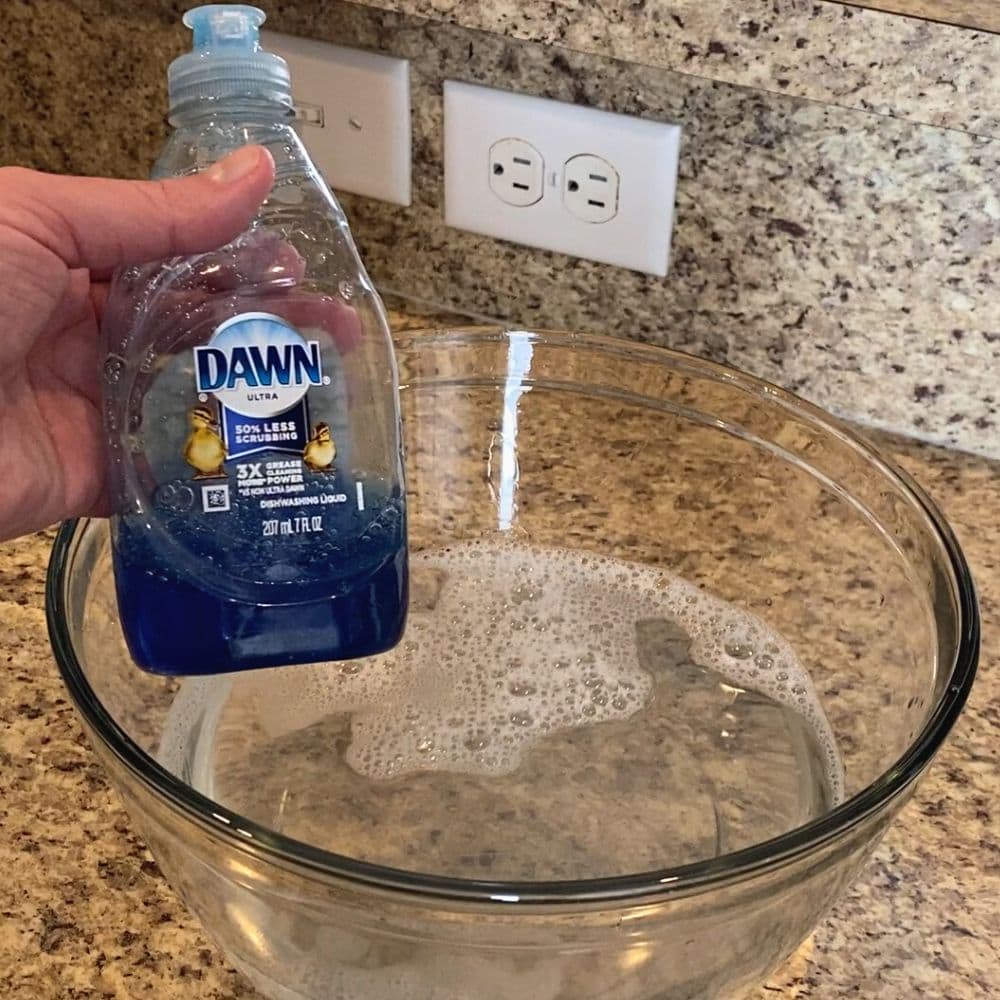
Then fill and spray the cleaning solution through the sprayer to make sure it is entirely clean.
Disassemble your paint sprayer – make sure to read your manual on how to take apart the sprayer and properly clean all of its parts. Lastly, give the parts a good rinse, let them dry, then put the sprayer back together.
We have a guide on how to clean a Wagner paint sprayer for you to follow here!
Troubleshooting Wagner Paint Sprayers
If you ever run into any problems with your Wagner stain sprayer, no worries! We get it, paint sprayers can be a bit tricky to use if you don’t have experience with them. But when things don’t go as planned, it’s important to know how to troubleshoot the issue.
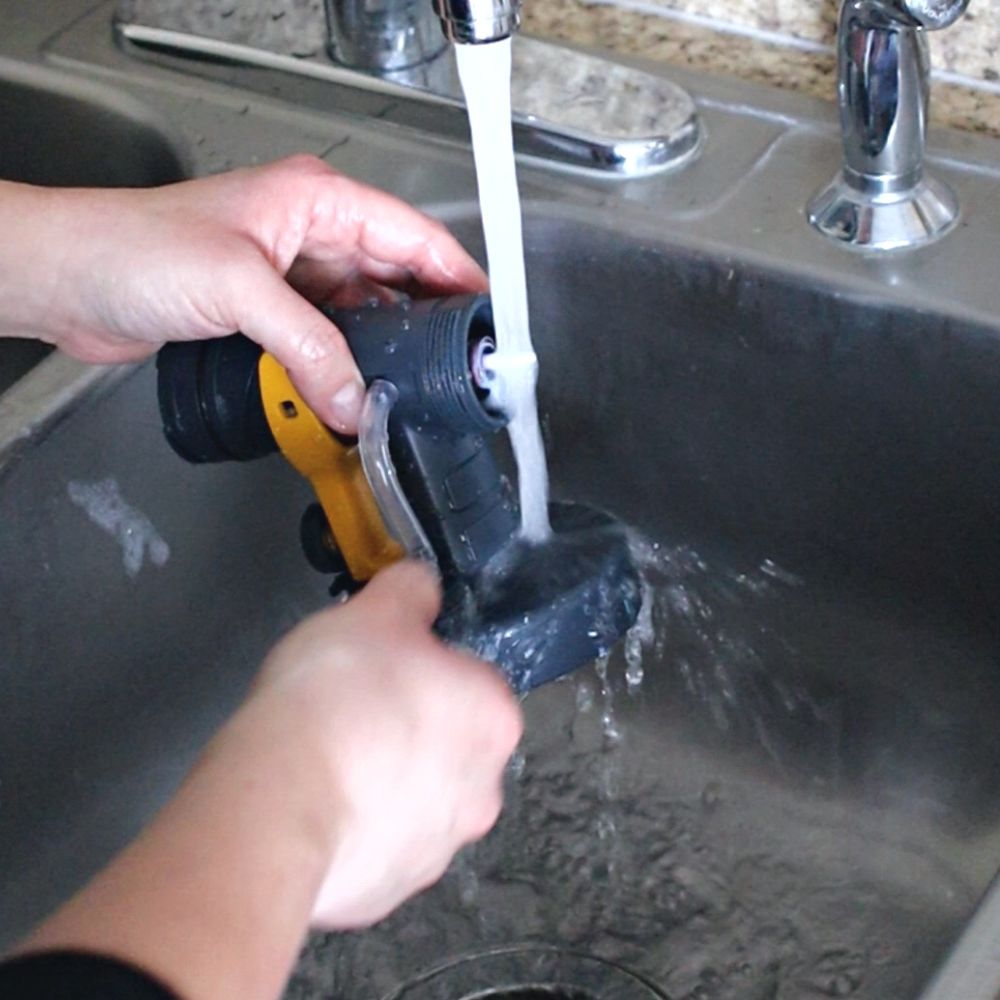
The most common problem is clogging, so make sure you double check that the sprayer nozzle is clean and free from any debris. Clogs mostly happen when you don’t filter your paint before putting it in the sprayer, or if your paint is too thick.
If you ever experience clogging issues, here’s a guide on how to unclog a paint sprayer.
Also, if the paint is too thick or thin, it won’t look very good when it is applied. Make sure you are following the instructions in terms of mixing your paint with a thinning agent and adjusting the flow.
For other issues, we do have a guide on Wagner paint sprayer troubleshooting that can assist you along the way! Knowing how to tackle common problems is crucial to successfully painting furniture with your Wagner stain sprayer.
What is the Best Wagner Paint Sprayer for Painting Furniture?
Now it’s time to choose the right Wagner paint sprayer for painting your furniture!
If you’re looking for a reliable and easy-to-use paint sprayer, the Wagner FLEXiO series is your best bet. This series of sprayers are designed to handle thicker paints without having to thin them out first.
What’s more, they’re super easy to use, clean up in no time, and can be used over and over again on all sorts of projects.
But, if you’re on the lookout for a more budget-friendly option, the Wagner Double Duty paint sprayer is also a great choice. You’ll get the same quality as other Wagner models without spending a ton of money.

We’ve done a review of the Wagner Double Duty paint sprayer here so you can get an idea of what this sprayer offers!
And if you want more suggestions on which Wagner paint sprayer to get, look no further than our list on the best Wagner paint sprayers for furniture.
Now you know that yes, you can use paint in a Wagner stain sprayer – but it’s not as simple as just pouring in the paint and starting to spray. You gotta make sure you have the right paint and thin it out before adding it to the sprayer.
Hopefully this post has given you the confidence and insight to get started painting furniture with a Wagner stain sprayer!
More paint sprayer tips
- Can You Spray Wood Stain With A Paint Sprayer
- How To Use A Paint Sprayer On Furniture
- Best Electric Paint Sprayer
- Homeright Finish Max VS Super Finish Max
- Homeright Finish Max Paint Sprayer Review
Follow us on YouTube to get more tips for painting furniture.
Or share your project with us on our Facebook Group and be part of our community. See you there!
